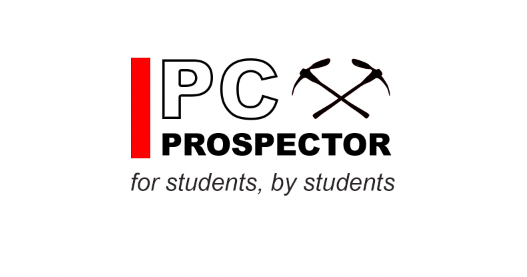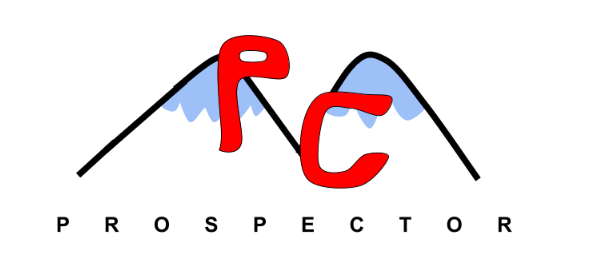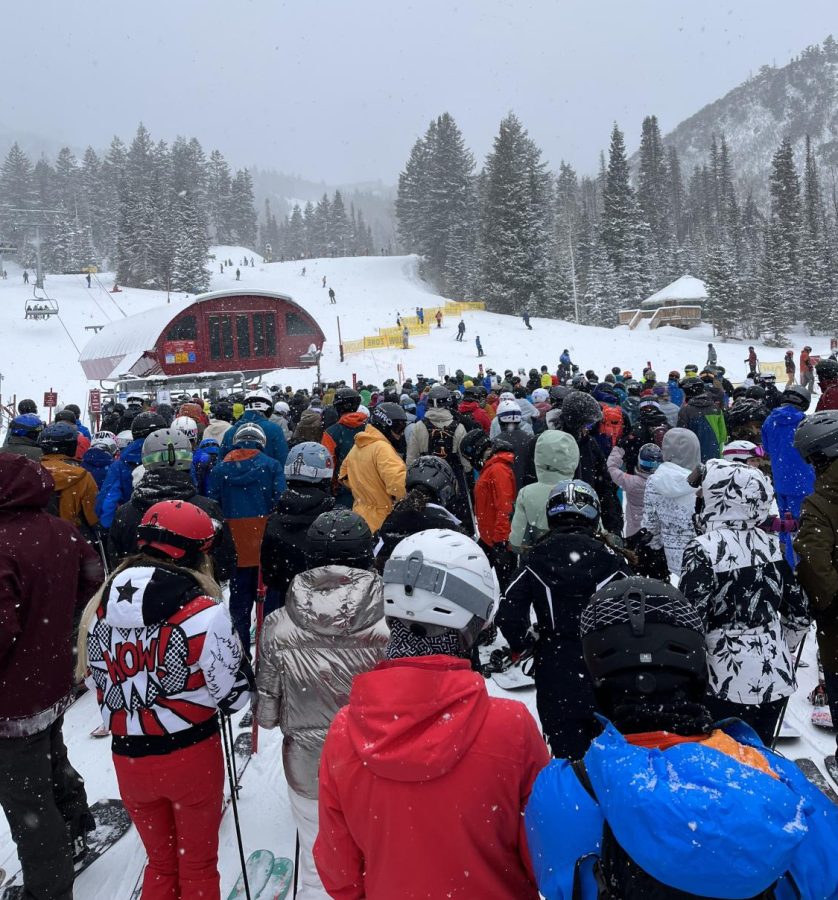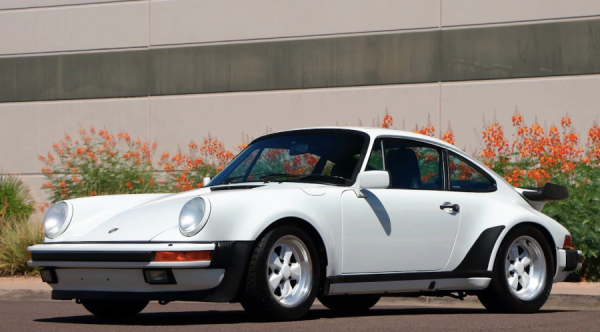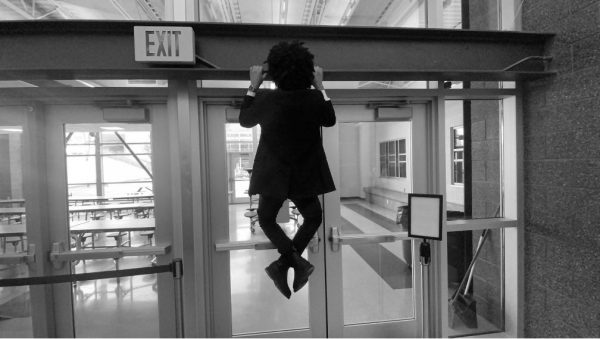The Problem with Skiing in Park City
In 1994, POWDR Corporation purchased its first resort, Park City Mountain Resort, which they owned and operated for seventeen years. In March of 2011, however, POWDR made a catastrophic error that would forever shift the trajectory of skiing in Park City. POWDR was just two days late in renewing a 20-year lease of the ski terrain, which led to a legal fight concerning the land, after POWDR was evicted for not renewing the lease in time. On September 11, 2014, Vail Resorts purchased Park City Mountain Resort for $182.5 million from POWDR Corp.
Vail Resorts, who had agreed upon a 50-year lease of Canyons Resort in 2013, announced that they planned to merge both Canyons and PCMR before the 2015-16 ski season with the creation of an interconnecting lift, the Quicksilver Gondola. This resulted in the birth of the largest lift-served ski resort in North America, with 7,300 acres of land.
Great, right?
Well, no. On paper, this concept seems extremely beneficial for locals. The two resorts, which had been separate for decades, were now fused together into one. No more need for two separate passes if you wanted to ski both Canyons and PCMR; they were both under one pass: Vail’s Epic Pass. What locals didn’t realize seven years ago were all the negative repercussions and problems that would eventually reveal themselves, especially highlighted during this 2021-22 ski season.
Here’s the problem: the Epic Pass started a trend. Vail was the first corporation to begin acquiring resorts in order to create just one single pass that worked for ski resorts across the United States and even in Canada. This uber-profitable business model diffused to other corporations, such as Alterra Mountain Company. In 2018, Alterra launched their IKON Pass, a direct competitor to the Epic Pass. The IKON Pass features five Utah resorts: Alta, Snowbird, Solitude, Brighton and Deer Valley.
As of 2022, all six ski resorts within an hour’s driving distance of Park City are featured on either the IKON Pass or the Epic Pass. Since both passes have destinations all over the country, and the Epic pass has no limit to number of sales, a huge problem is created at resorts: overcrowding in lift lines, primarily caused by out-of-state tourists. Citizens of East or West coast states are drawn to Park City because of the appeal of the multi-pass that they could purchase to make their ski vacation happen. Plus, Park City’s proximity to the SLC airport makes it much more appealing than possible other ski vacation destinations, such as Vail’s own Colorado resorts, which are a two hour drive from the Denver Airport. This brings Park City to maximum capacity in the lodges and hotels, and arguably beyond maximum capacity at resorts. Lodging numbers from the Park City Chamber Bureau in December 2021 showed a near 100% occupancy rate in the city through January 1st, according to a KPCW article.
So, the tourists flock to Park City in the thousands, to ski, to stay in hotels, and to enjoy the mountains for their holiday vacation. But when they show up to the resorts, the crowds at lift lines are just massive due to the massive tourist influx.
And this problem isn’t going to be solved, at least not in the near future. When Park City was acquired by Vail in 2014, the Epic Pass serviced eleven resorts—five in Colorado, two in Lake Tahoe, and two in the midwest. In just seven short years, the Epic Pass now services thirty-four North American resorts and three in Australia. The Epic Pass has more than tripled in seven years, and there’s no reason why Vail would stop.
In 25 years of existence, Vail has never once sold a resort they previously owned, and there’s no logical reason why they would feel the need to sell Park City anytime soon. Additionally, Vail cut Epic Pass prices by 20% prior to the 2021-22 ski season, which led to 76% increase in Epic Pass sales. According to Yahoo! Finance, there was a 189.6% increase in lift revenues the season prior.
Vail is profiting exceptionally from their Epic model, however Park City citizens are having a tough time enjoying the mountain as they once did, in the pre-Vail era. Seemingly infinite lift lines, issues with staffing lifts and lodges, overpriced food and more result in this rivalry: locals vs. Vail. Not to mention Vail’s issues about negotiating salary with Park City ski patrollers, who are not far from initiating a strike in order to raise their salaries from just $15 an hour. The Park City Professional Ski Patrol Association approved a strike authorization this past weekend, according to @pcpspa on Instagram, which brings a potential resort closure into the very near future.
From their headquarters in Broomfield, CO, it’s difficult for Vail to recognize and attempt to amend the issues that have arisen at their resorts, which further angers locals. It’s not as if Park City is Vail’s sole priority—they have dozens of other resorts to worry about.
For example, at Stevens Pass, a Vail-owned Washington resort, a petition has arisen with just short of 40,000 signatures from people who want to hold Vail accountable for the “mismanagement of the ski area, the failure to treat employees well, or pay them a livable wage, and the failure to deliver the product we all paid for and bought,” per change.org.
With Vail being under fire for mismanagement of their resorts this winter, all of the issues they have brought to the skiing experience have come to light. Maybe with time, Vail Resorts will make some changes to resolve current issues, but there’s a high chance that Vail has changed the ski experience irreversibly for future decades.
